News
News / 12/13/2017 / 1776
Common understanding is that quantity and quality rarely go together. This could particularly be considered valid for wine industry, judging by our experience with wines of Eastern Europe from the second half of the 20th century. However, the times are changing. Even large wineries invest money in order to modernize production, offer high quality wines at reasonable prices, make wines affordable in everyday life. In the Balkans, the legacy of Communist era left behind large agricultural cooperatives that used to produce hectoliters of wine. Nowadays, it is a good starting point to create added value by investments in state-of-the-art technology and vineyards aimed at creating solid foundations for production of large quantities of wine with a good price-quality ratio.
COTNARI WINERY, Iași, Romania
This year in February, I have had an opportunity to visit Cotnari Winery, located in the vicinity of the town of Iași in the northeast of Romania. The city of Iași looks impressive. Along the pedestrian zone in the city center, one can admire Orthodox Christian churches, museums, cultural institutions and the façade of the Palace of Culture. A true Eastern European gem. Our fellow countrymen visit Iași predominantly as part of pilgrimage tours to worship the relics of St. Paraskevi. However, the city has much more to offer.
The first encounter with Cotnari Winery is impressive. The bus takes us right to the entrance to the winery. Layers of fresh paint on the facade of the main building hide typical industrial architecture from the period of Communism. Factories, schools and public administration buildings built in this style can be found all over Eastern Europe, from Russia via Romania and Bulgaria to Croatia or Serbia. In Romania, Cotnari Winery is famous for cultivating in its vineyards primarily Romanian white autochthonous grape varieties. Historically, signature grapes grown in local vineyards were Grasă de Cotnari, Romanian Tamjanika (Tămâioasa Românească), Fetească Albă and Frâncuşă. In addition to white grape varieties, about a decade ago, black grapes Fetească Neagră and Busuioacă de Bohotin, also autochthonous Romanian varieties, were planted in Cotnari vineyards. Around the administrative building of the winery, there is an entire labyrinth of stainless steel temperature-controlled tanks which indicates the quantity of grapes that gets processed each year in production facilities of this winery... At present, Cotnari Winery has nearly 1800 hectares of vineyards.
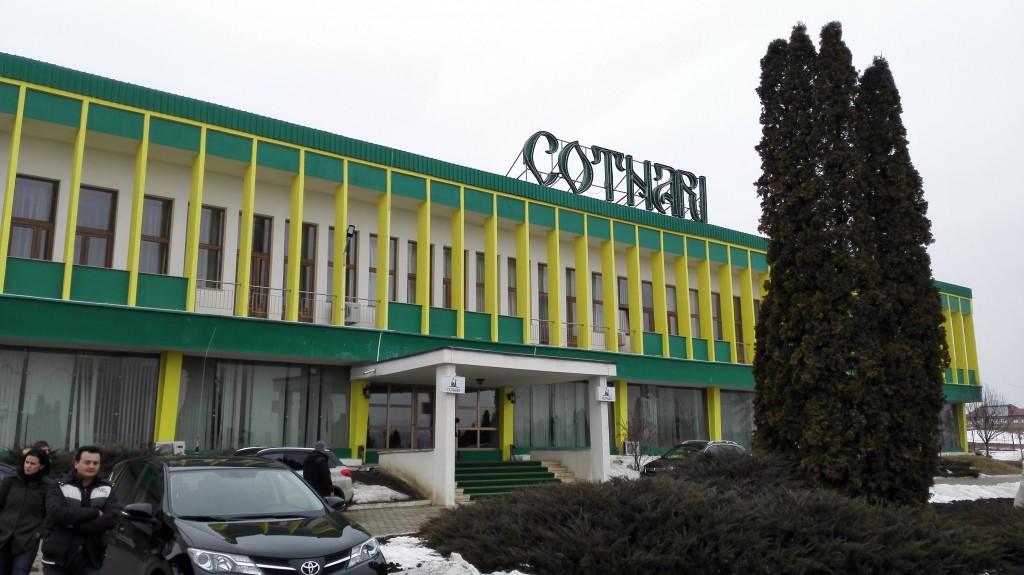
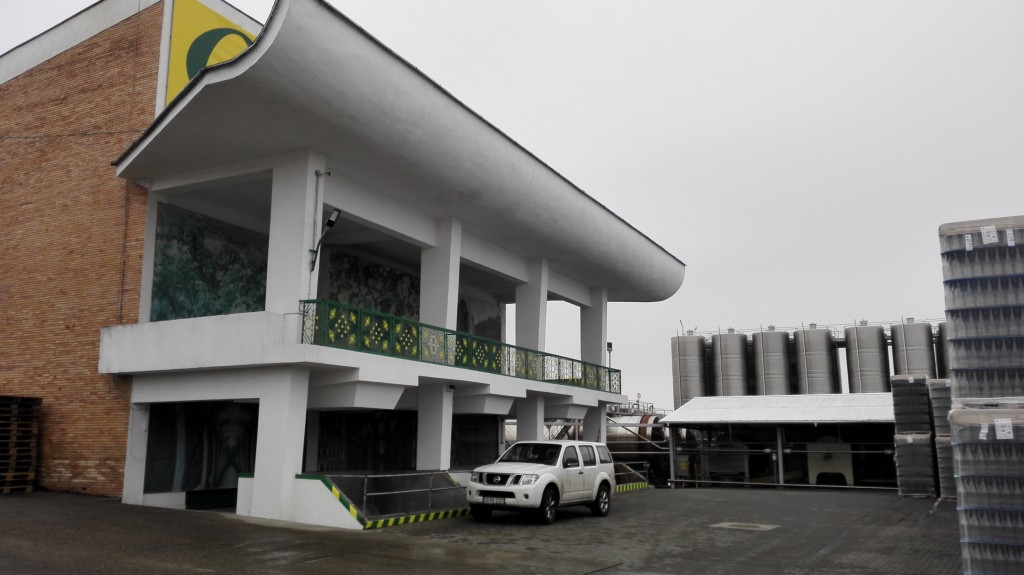
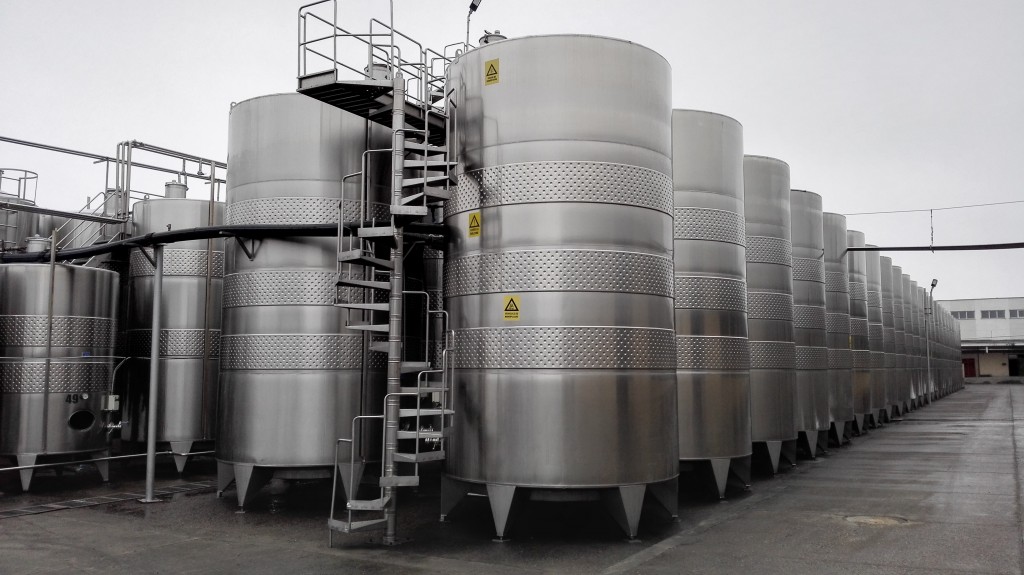
In parallel with a strategic shift and entry into premium wine segment, the boutique winery Cotnari Casa de Vinuri was established, which is now known on the market for its wine series Colocviu and Domenii. Wines from this boutique winery are sold through HoReCa sector and specialized wine shops. Cotnari Casa de Vinuri is located next to Vladoianu Castle. In 1901, the castle was built by Vasile Vladoianu, former Governor of the National Bank of Romania. During the Second World War, the castle served as a Russian hospital. After the war, the estate and castle became the property of the state-owned agricultural cooperative Cotnari. At the beginning of the 21st century, the castle was returned to the successors of the former owners who subsequently sold the castle to Cotnari Winery. The castle has an old cellar in which Vasile Vladoianu was producing and storing wine. The cellar is 15 meters deep and has a capacity of 100,000 liters. Cotnari Casa de Vinuri uses this cellar to store its red wines (made from Fetească Neagră variety) and there are plans for development of wine tourism.
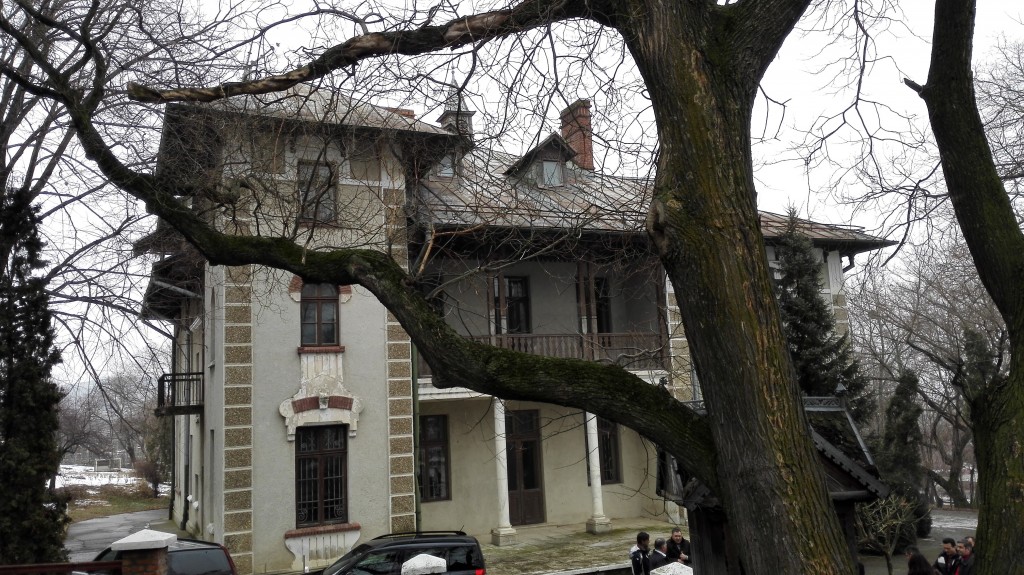
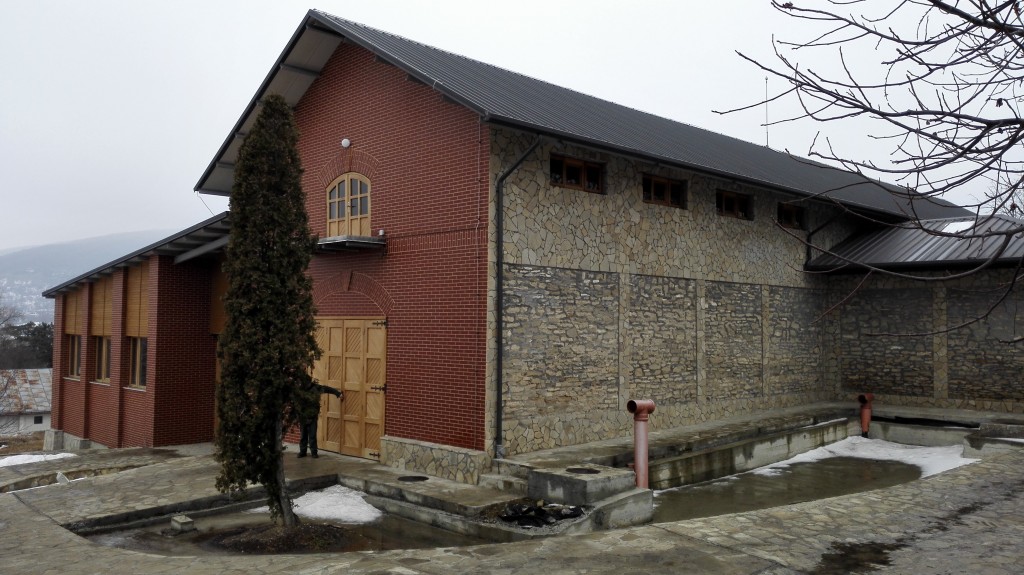
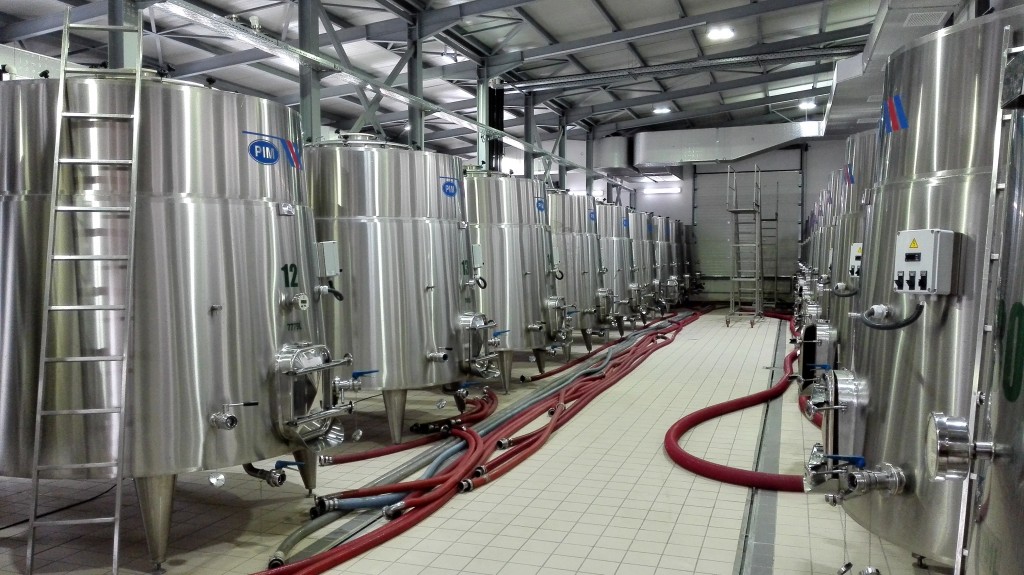
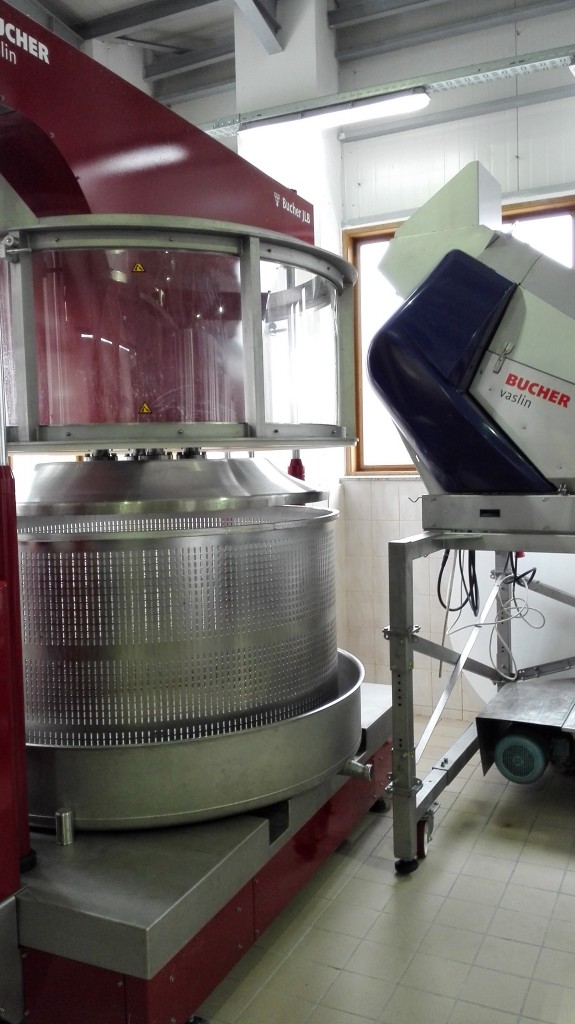
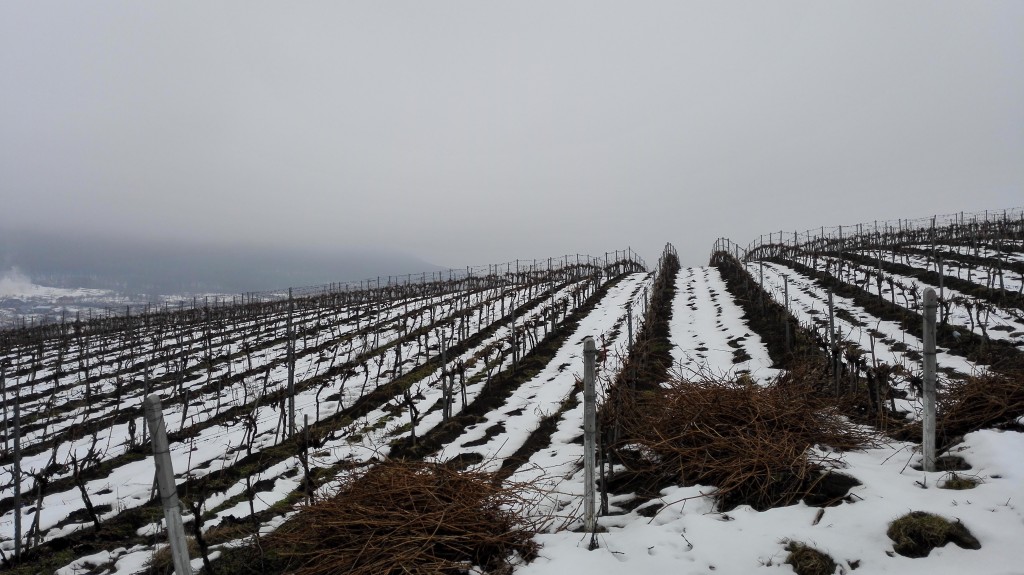
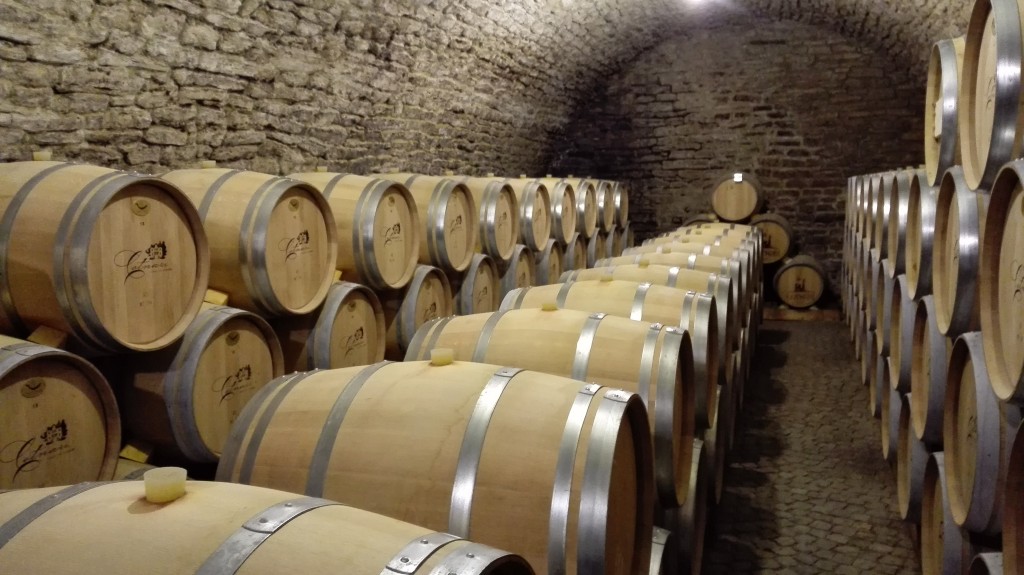
I also had an opportunity to visit a new project - Crama Axinte. Upon completion of construction works and investments in facilities, the winery will have a full focus on white, rosé and sparkling wine production.
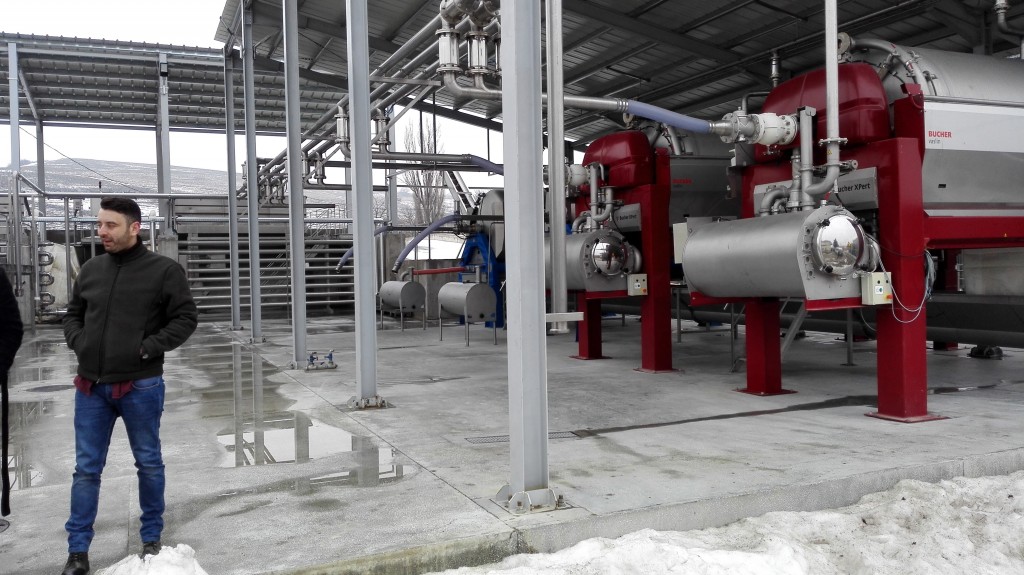
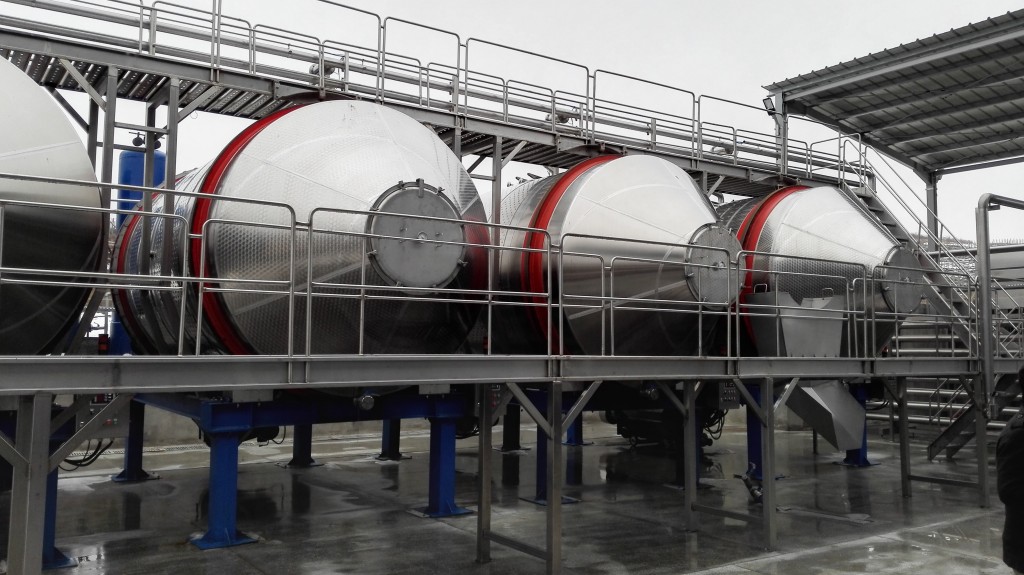
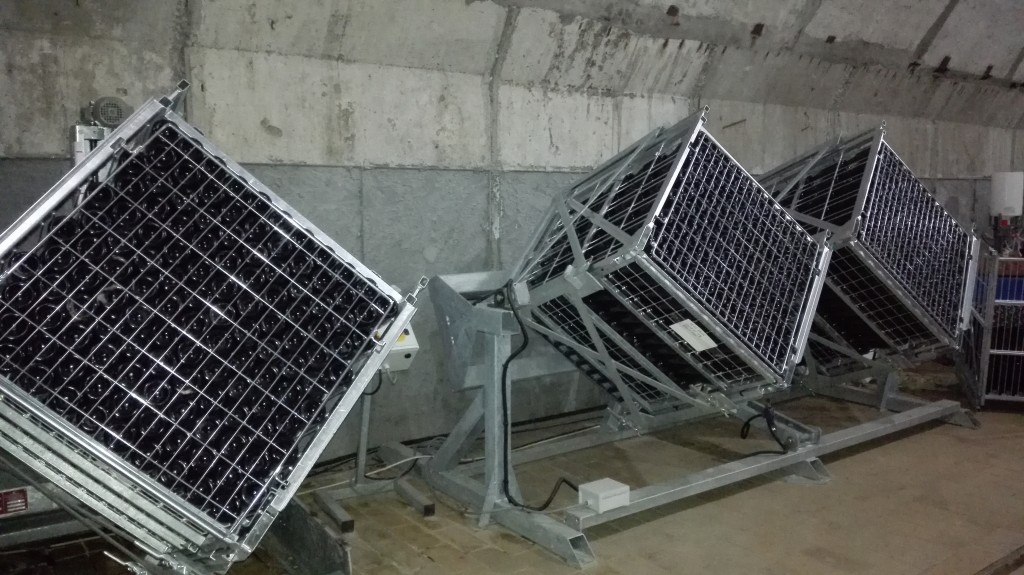
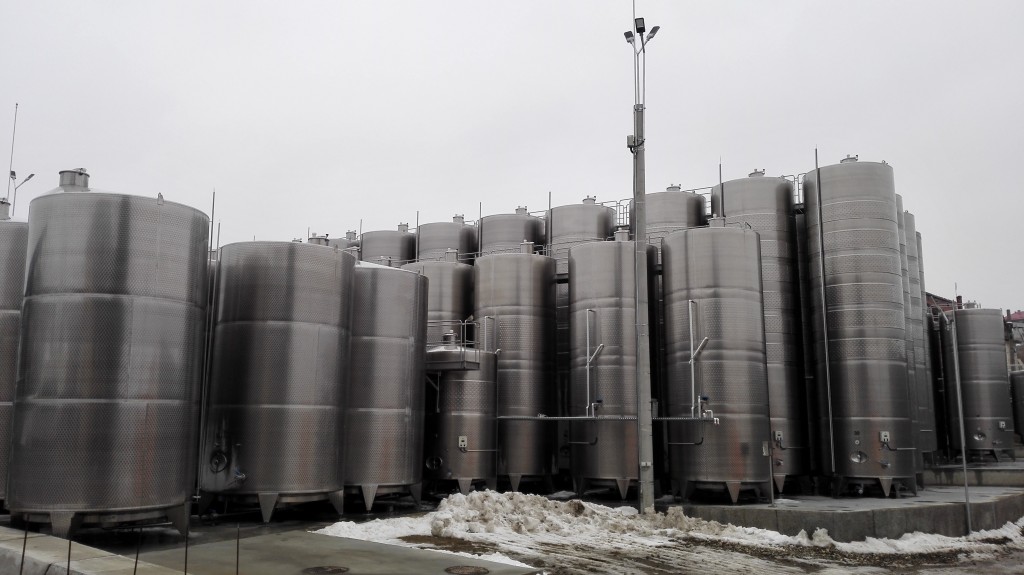
The most impressive wines I tasted from Cotnari were those from Colocvium range.
Colocviu La Moscova 2014 (Grasă de Cotnari) - Grasă de Cotnari was traditionally used in Romania for making sweet botritized wines comparable to Tokaj. Nowadays, Cotnari Casa de Vinuri produces dry wine from Grasă de Cotnari . Wines made from this variety are full-bodied (hence the name of grape variety, which in Romanian translation means "fatty"). The nose is complex, with aromas of gooseberry, melon, honeycomb, spicy hints. A multi-layered wine that opens slowly in a glass. Rounded pleasant fruity impression in the mouth.
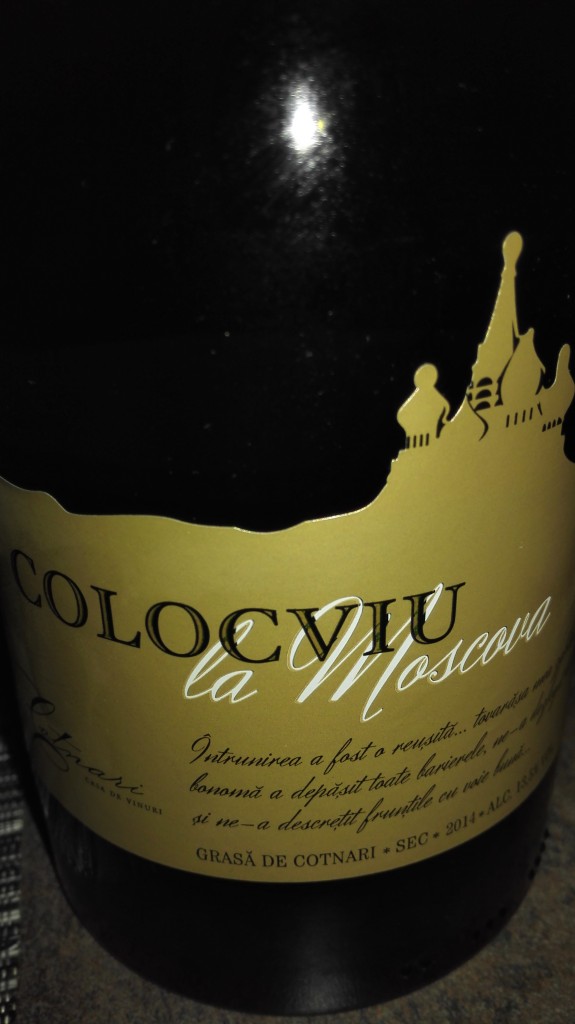
Colocviu La Roma 2016 (Tămâioasa Românească) - We are familiar with the character of dry Tamjanika. Intense Muscat aromas, seductive wine featuring aromas of Muscat grapes, floral tones, mango, tropical fruits, pear, melon. Pleasant acidity gives additional depth on the palate. Medium body, elegant finish.
Colocviu La Paris 2016 (Busuioacă de Bohotin) - Rosé wine made from Busuioacă de Bohotin, a Romanian Muscat variety is easily recognized thanks to its cheerful Muscat aromas. This explains its growing popularity on the market. Rich aromatic profile: lychee, red orange, floral tones, cherry, Muscat grapes. The wine retains the same profile on the palate, alongside some citrus flavours paired with fine acidity. This contributes to wine's freshness on the palate. Pleasant finish.
Colocviu La Viena - sparkling wine, traditional method (Frâncuşă) - Frâncuşă is a variety that is found only in the Romanian wine region of Moldova. Similar to our Smederevka, Frâncuşă is a descendant of Belina (Gouais Blanc) and wines made from this variety truly remind me of Smederevka: fresh, light, with prevailing citrus and apple aromas. However, during my visit to Cotnari Winery, I had an opportunity to taste for the first time sparkling Frâncuşă which still wasn't released on the Romanian market at that time. Exactly what Frâncuşă needed: a lot of freshness, a lovely vibrant sparkling wine. Fine, persistent perlage... Wine with moderate complexity. The nose shows intense aromas of yellow apple and citrus. On the mid-palate, moderate fruitiness and citrus-like freshness.
PLANTAŽE 13. JUL, Montenegro
If we are talking about size, then we certainly cannot skip the winery that owns the largest vineyard in Europe, covering 2,300 hectares in Ćemovsko Polje, southeast of Podgorica. The vineyard is located on a plateau at an altitude ranging from 45 to 70 meters. The vineyard is surrounded by limestone hills, so practically it means that we are dealing with a karst valley with extremely hot and dry summers and winter which is slightly colder than winters on the Adriatic coast. In 1963, agricultural entities in Podgorica, Danilovgrad and Virpazar were merged to form agrocombinate "13. July ", which was subsequently turned into a modern winemaking company" 13th July - Plantaže ".
In 1970, a group of enthusiasts and visionaries employed with "Plantaže" launched the project of establishing the vineyard that would cover more than 2,000 hectares. In a barren wasteland near Podgorica, locally known as Ćemovsko Polje, they started planting vines in a soil composed of predominantly rocky formations. About 70% of the vineyard is planted with the Montenegrin autochthonous variety Vranac. Among white varieties, the predominant local variety is Krstač. Other varieties present in the vineyard are Chardonnay, Sauvignon Blanc, Pinot Blanc, Cabernet Sauvignon, Merlot, Marselan, Kratošija, Žižak.
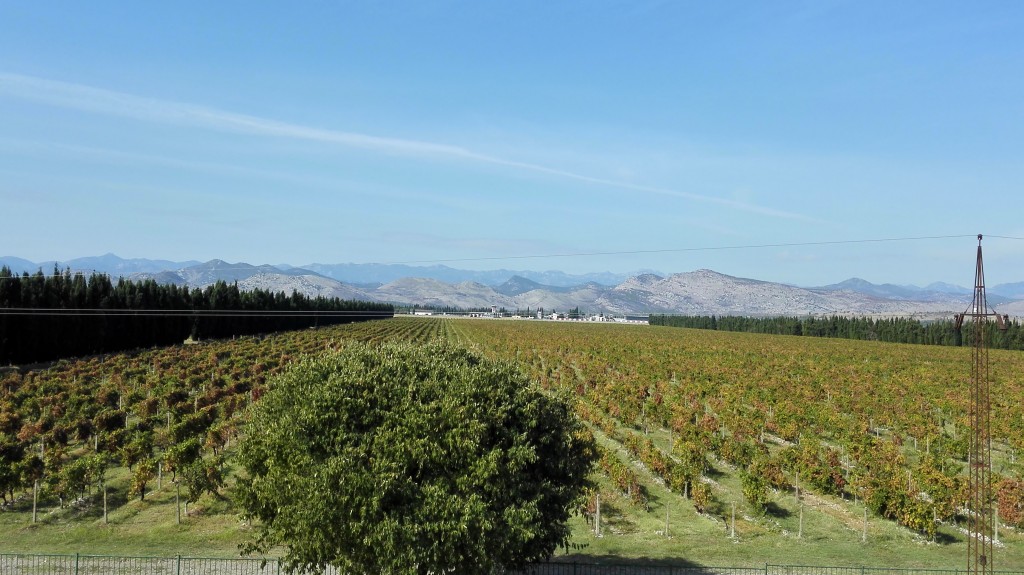
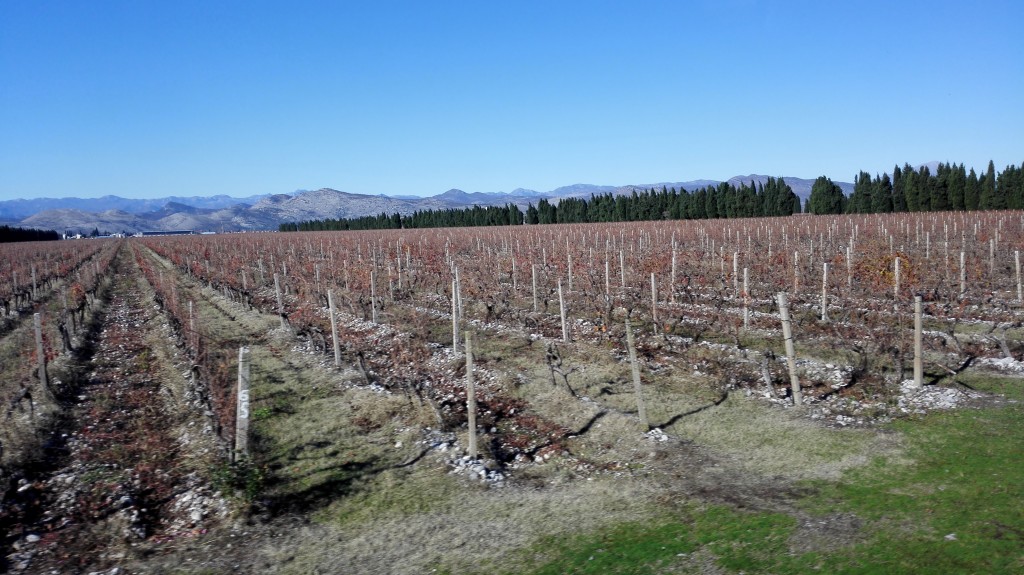
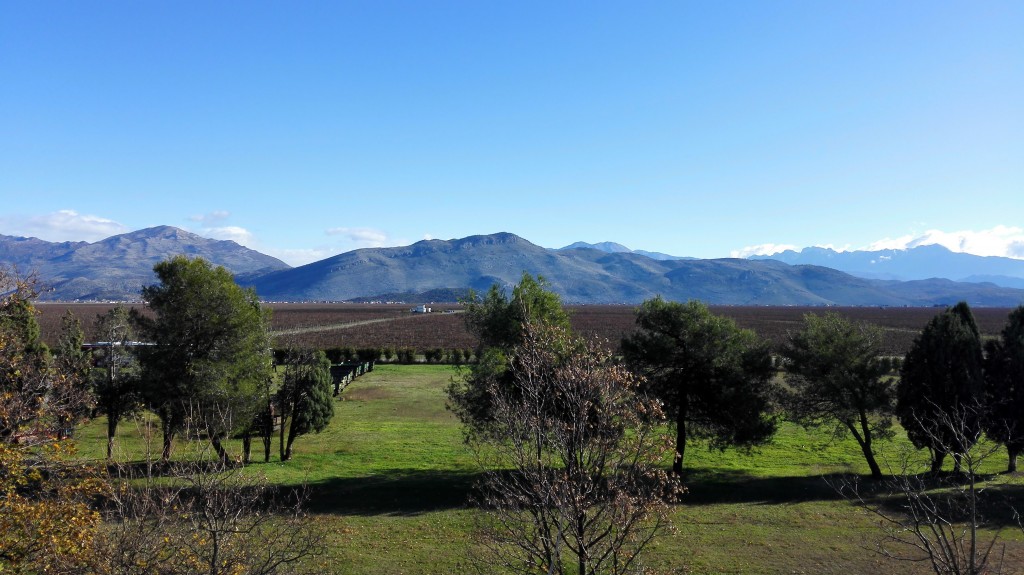
The largest segment of wine production is taking place in the wine cellar Ćemovsko polje. In addition, Šipčanik wine cellar has been operational as well since 2007. An old military airport hangar was turned into a wine cellar at a depth of 30 meters below ground level in a 356-meter-long and 13.5-meter-wide tunnel. The oldest wine cellar called Lješkopolje has also been renovated and specially designated for aging premium wines and and experimental vinification. Wines from this cellar are labelled Stari Podrum (Old Cellar).
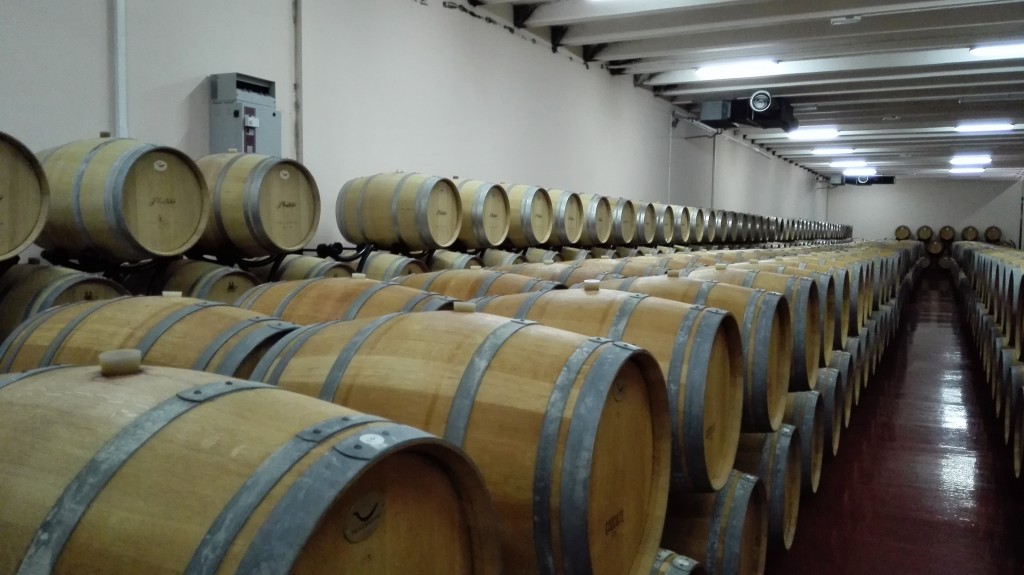
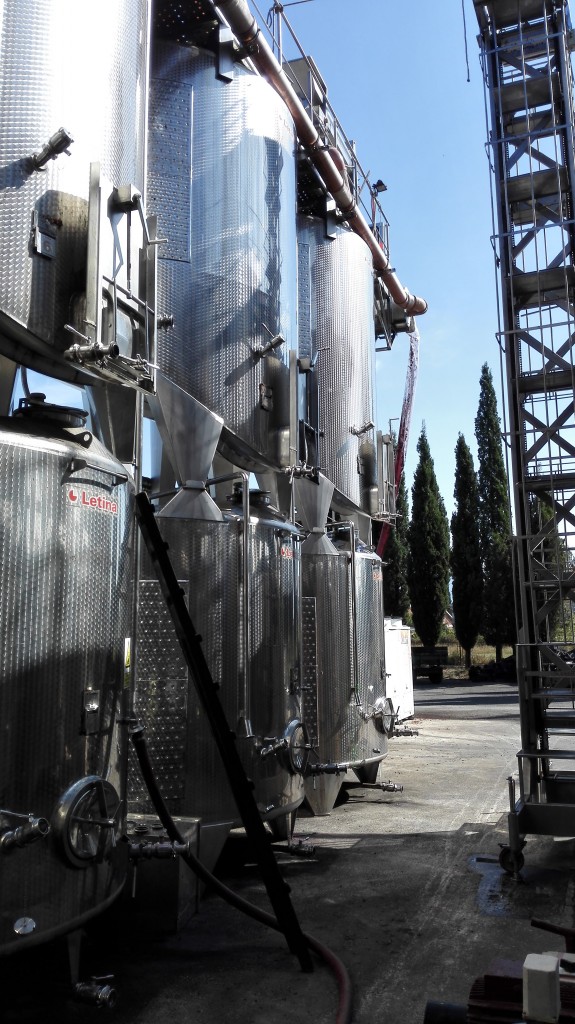
Vranac Pro Corde 2013 - Wine that exudes recognizable aromas of blueberries and forest berries. a long trail of blueberry, black chocolate, coffee in the mouth. Concentrated, powerful wine with 14% alcohol that is well-integrated. Ripe, smooth tannins.
Vladika 2013 - Modern face of Vranac (complemented by Merlot and Cabernet Sauvignon). Extremely complex wine, fruity aromas of blackberry, blueberry, plums accompanied with traces of tobacco, coffee, leather, dark chocolate. A strong, potent wine that will show its full expression by further aging. It will be interesting to watch how this wine develops further.
Vranac Reserve 2011 - Wine from an iconic vintage in the Balkans. It opens slowly in layers and releases flavours of blueberry, blackberry, plum, black figs, dark chocolate through soft silky layers of tannins. A developed, lush full-bodied wine.
_______________________________________________________________
Both wineries, Cotnari and Plantaže 13th July demonstrate that their size is not a limiting factor to focus on top quality wines in their production process. The state-of-the-art equipment, modern techniques in the vineyard and cellar, a controlled production process and the capacity to hire top experts and consultants give them an opportunity to obtain the maximum out of grapes harvested in their vineyards. This is particularly valid for wines from Stari Podrum (Old Cellar) and Cotnari Casa de Vinuri. The importance of these wineries for wine industry in the Balkans lies in the fact that they both cultivate indigenous varieties in their vineyards and thus contribute to the preservation of vine diversity in the Balkans.

Tomislav Ivanović
Awarded wine writer, wine critic and contributor to selected wine magazines. WSET3-certified author and editor-in-chief of www.vinopedia.rs. Member of Vojvodina Sommelier Association. Juror in national and international wine competitions. Lecturing about wines of Serbia and the Balkans. Local partner of Wine Mosaic organization. Co-founder of International Prokupac Day.

Pročitajte i druge članke iz ove rubrike:
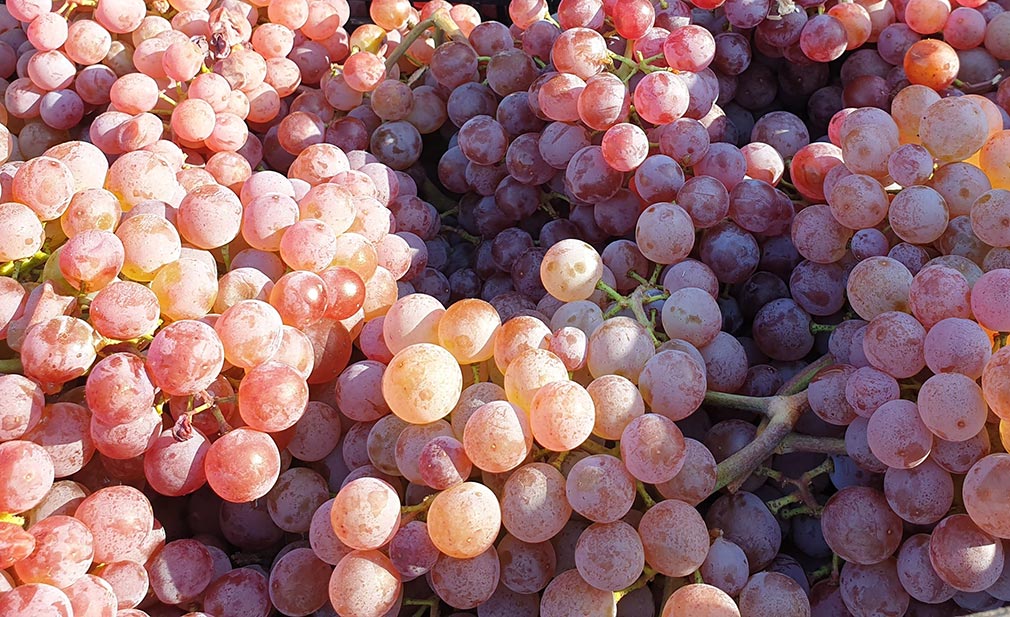

VINOPEDIA TOP 10 2024
PROČITAJ VIŠE


GIUAANI - VINSKI TURIZAM NA GRUZIJSKI NAČIN
PROČITAJ VIŠE


SPASIMO STARE VINOGRADE SRBIJE
PROČITAJ VIŠE


NAŠLI SMO ANTIGONU IZ ORAHOVCA
PROČITAJ VIŠE


SRPSKO VINO KOŠTA 100 EUR - I ŠTA ĆEMO SAD?
PROČITAJ VIŠE
Winner MILLESIMA BLOG AWARD 2016

Pobednik MILLESIMA BLOG AWARD 2016
VINO & FINO wine personality of the year 2016

VINO & FINO vinska ličnost godine 2016